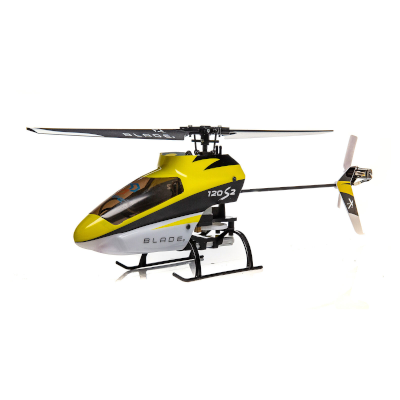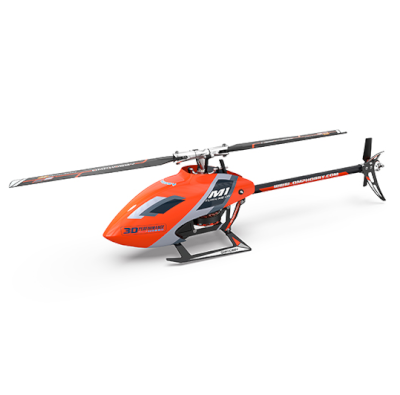Beginners Setup
Next Level Setup
Equipment Needed
This section of the website is intended to provide information on the equipment needed for beginners who own no equipment, and then the next level beyond. The information in this section is general and intended to be educational as opposed to providing costs on specific products, we have a costs section for that. Product information and pricing is provided for the beginner setups in this section.
General Considerations
There are many things to consider when buying an RC helicopter for those wanting to learn to fly and embark on a new hobby. People will have different views as always but in our experience, the key things to consider are:
- The initial purchase cost
- The ongoing costs in terms of replacement parts
- The availability of replacement parts
- Quality and durability (how well does your helicopter bounce)
- Performance – more of a consdieration as your ability and skills progress
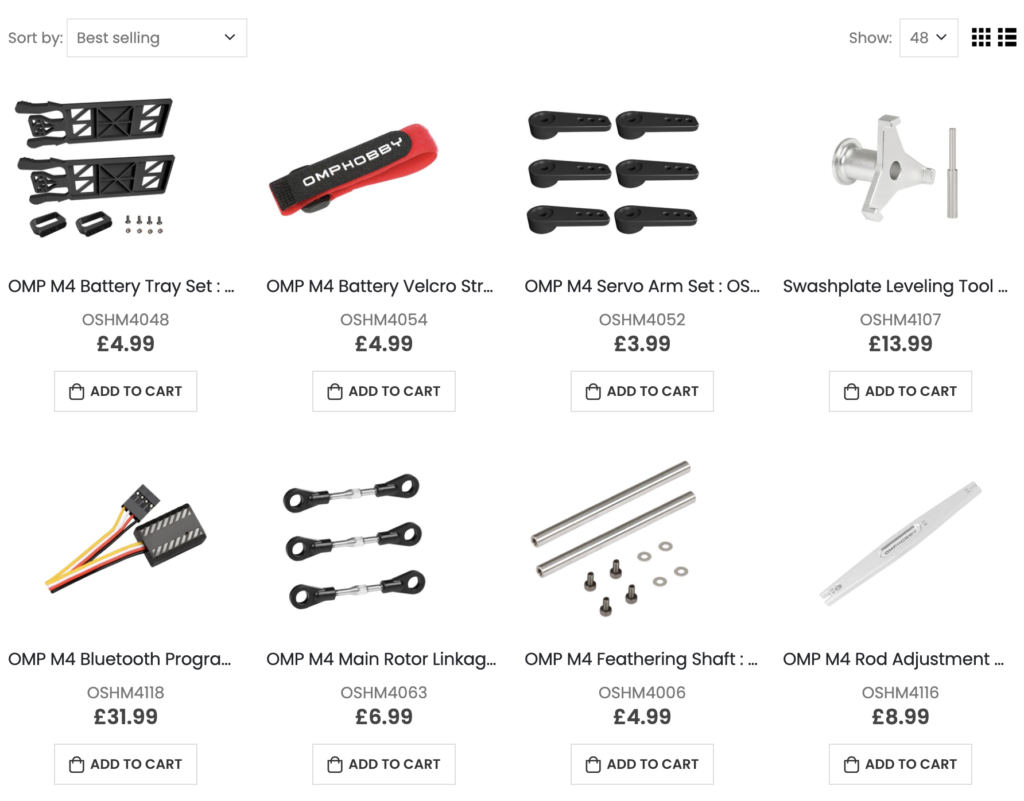
Anybody can go to Amazon right now and buy an RC helicopter starting from around twenty quid, however, what stabilisation and gyroscopic ability will it have, what additional features will it have to help the pilot to learn to fly…. Not very much is the general rule of thumb. The key issue with these types of helicopters is the total lack of spare parts and support both from the manufacturer, and from the knowledge that exists within the RC helicopter community. Unless you are fluent in Mandarin, I think it’s fair to say you will struggle to get any support whatsoever from the vendor. Once a twenty quid helicopter is crash damaged and requires replacement parts, it’s more often than not, time to throw it in the bin….. not so cheap now.
There are two fundamental types of RC helicopters that are most commonly used at flying clubs, fixed pitch helicopters, and collective pitch helicopters.
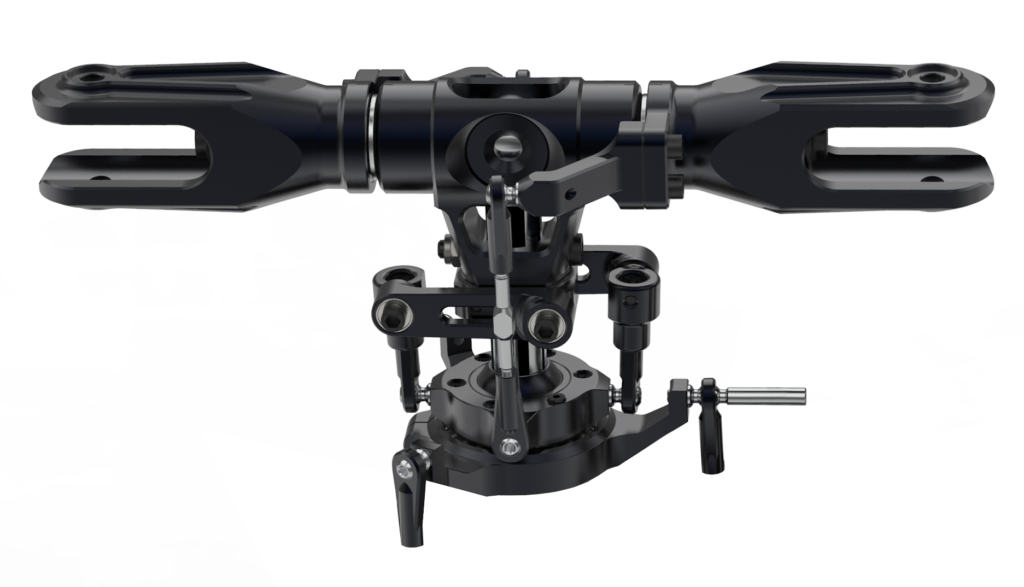
In simple terms the fixed pitch helicopter do not have the ability for the pilot to alter and control the pitch or tilt/angle of the main blades. A collective pitch helicopter does have the ability to control the pitch of the main blades. What does this translate to in real terms, a collective pitch helicopter allows the pilot to tilt the main blades to a negative angle of say minus 12.5 degrees (more for extreme acrobatics) and hover and fly upside down.
Fixed pitch helicopters can absolutely still do basic acrobatics such as loops and roles, and they are mechanically simpler and therefore cost less to initially purchase and marginally less to maintain. Arguably fixed pitch helicopters cost significantly less to maintain as you are less likely to crash with the main blades hitting the ground first causing damage to expensive parts in the head and main blades. On the other hand, a beginner will eventually out grow a fixed pitch helicopter and probably want to sell it to buy a collective pitch helicopter which is common.
RC Helicopter retailers in the UK
